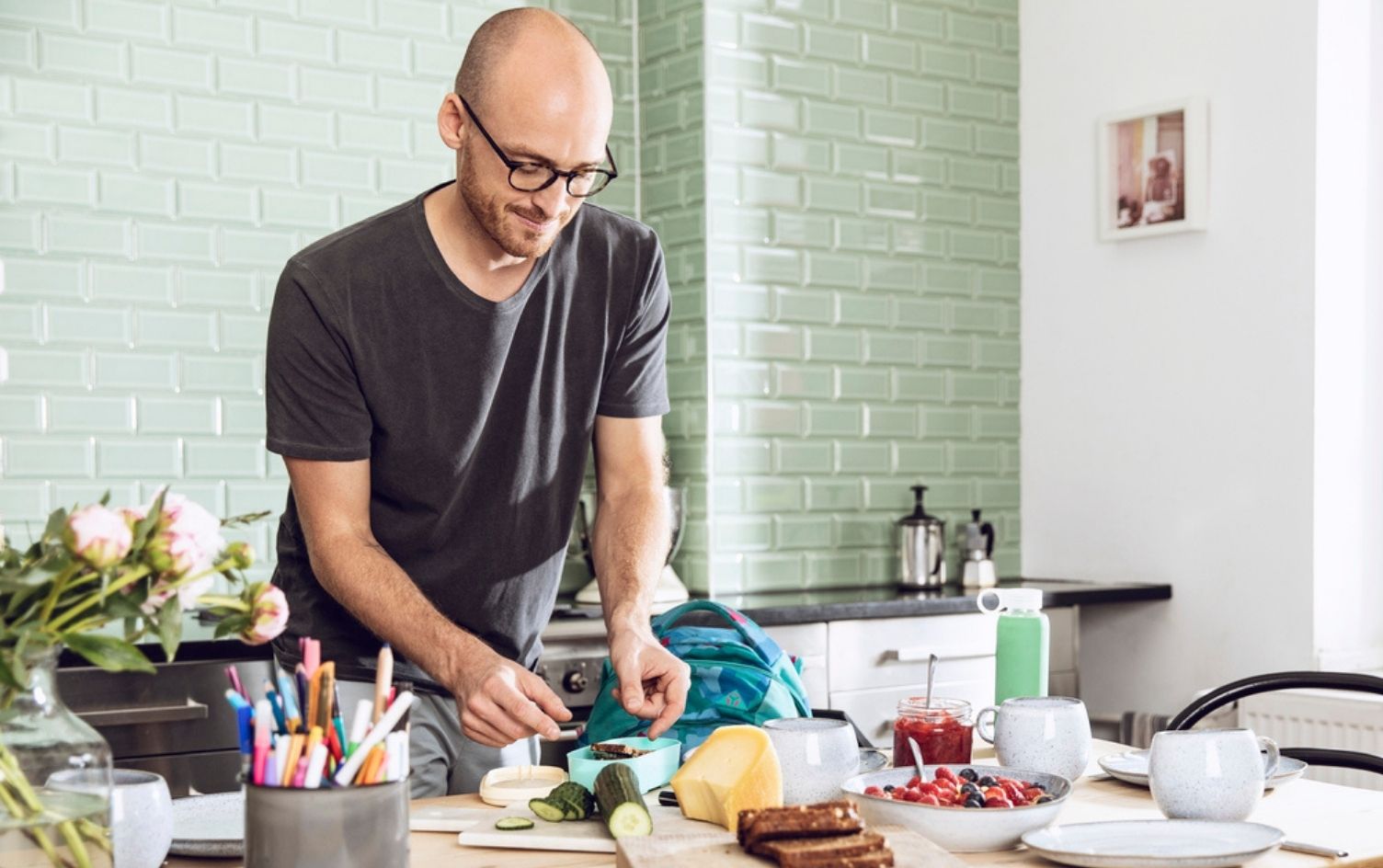Satisfying meals and snacks are the key to maintaining energy levels, steady blood sugar and avoiding serious “hanger” attacks when you least expect them. Clients often come to me in a constant state of low-level hunger because they are eating diet-culture-approved meals lacking key nutrients or calories. One of the first things we work on is learning how various nutrients, like fat and carbohydrates, can work with you, not against you. Here are my top tips for making the most of your meals and snacks so you’re satiated and satisfied.
FAT
Fat takes the longest for our bodies to digest, which also means it is also a huge help at keeping you fuller for longer after meals. Fat also helps keep blood sugar steady, avoiding big spikes and drops that can zap energy levels and cause insatiable hunger. I encourage including some fat with most meals and snacks for the satisfaction factor, too — it can often improve taste and how much you enjoy your meal. Try roasting vegetables in olive oil or using it as a salad dressing base. Add avocado to sandwiches or nuts and seeds to grain bowls, salads and oatmeal. Enjoy peanut butter or a piece of cheese with fruit for a snack or switch to full-fat Greek yogurt for breakfast.
CLICK TO TWEET THIS ARTICLE > Check out these simple tips for making your meals and snacks more filling via @MyFitnessPal
PROTEIN
Protein is right behind fat when it comes to digestion time, and plays just as important a role in satiety. Low-protein meals and snacks are often not filling, but it’s an easy problem to fix because there are so many great protein sources out there. Nutrient-dense animal proteins to include in meals are chicken, fatty fish like salmon or tuna, white fish like cod or haddock, turkey, grass-fed beef and eggs. Plant-based proteins are great too, like tofu, tempeh, lentils, hemp and chia seeds, and even whole grains like quinoa and oats. To boost protein content in snacks, try hard-boiled eggs, string cheese, Greek yogurt or edamame.
FIBER AND CARBS
Fiber is a carbohydrate that can’t be completely digested by the body, and this also works to slow digestion and keep blood sugar steady. Some fibers are fermented in the large intestine and contribute to the production of good-for-you gut bacteria. Fiber-rich meals and snacks help keep you full and satisfied, and the key to making sure you’re having enough is simple: Eat more plants! Fruits, vegetables, beans, legumes, whole grains, nuts and seeds all contain fiber, and eating a variety of them regularly is the solution to satisfying meals. I would be remiss not to mention carbs as a whole here, too — so many of my clients skimp on carbs and rarely feel full after meals because of it. Including a carbohydrate source — bread, rice, pasta, potatoes, beans and other whole grains — with all meals helps provide the body with energy, reduces cravings for carbs and sweets, and promotes meal satisfaction.
SNACKING: THE RULE OF TWOS
So, how to incorporate these ideas into your snacks? Use the rule of twos: For every snack you have, make sure two of the three nutrients above (fat, protein and fiber) are included. As filling as they are alone, they are more filling and satisfying when consumed together. Examples are:
- Grapes and string cheese
- Banana with almond butter
- Greek yogurt with berries
- Hard-boiled egg with whole-grain crackers
- Whole-grain toast with peanut butter
- Apple with walnuts
- Whole-grain pita chips with avocado or guacamole
THE BOTTOM LINE
Satisfying meals and snacks take just a few tweaks, planning and, of course, throwing diet culture behaviors out the window. Think about what key nutrients you may need to add to your meals as opposed to restrict, and know that filling, satisfying meals often mean less cravings, binging and overall crankiness. If these thoughts seem daunting to you, seeking help from a registered dietitian can be a game-changer.
Make progress every day while you work on mini fitness and nutrition goals, like walking more steps or learning to track macros. Go to “Plans” in the MyFitnessPal app for daily coaching and easy-to-follow tasks to keep you motivated.




